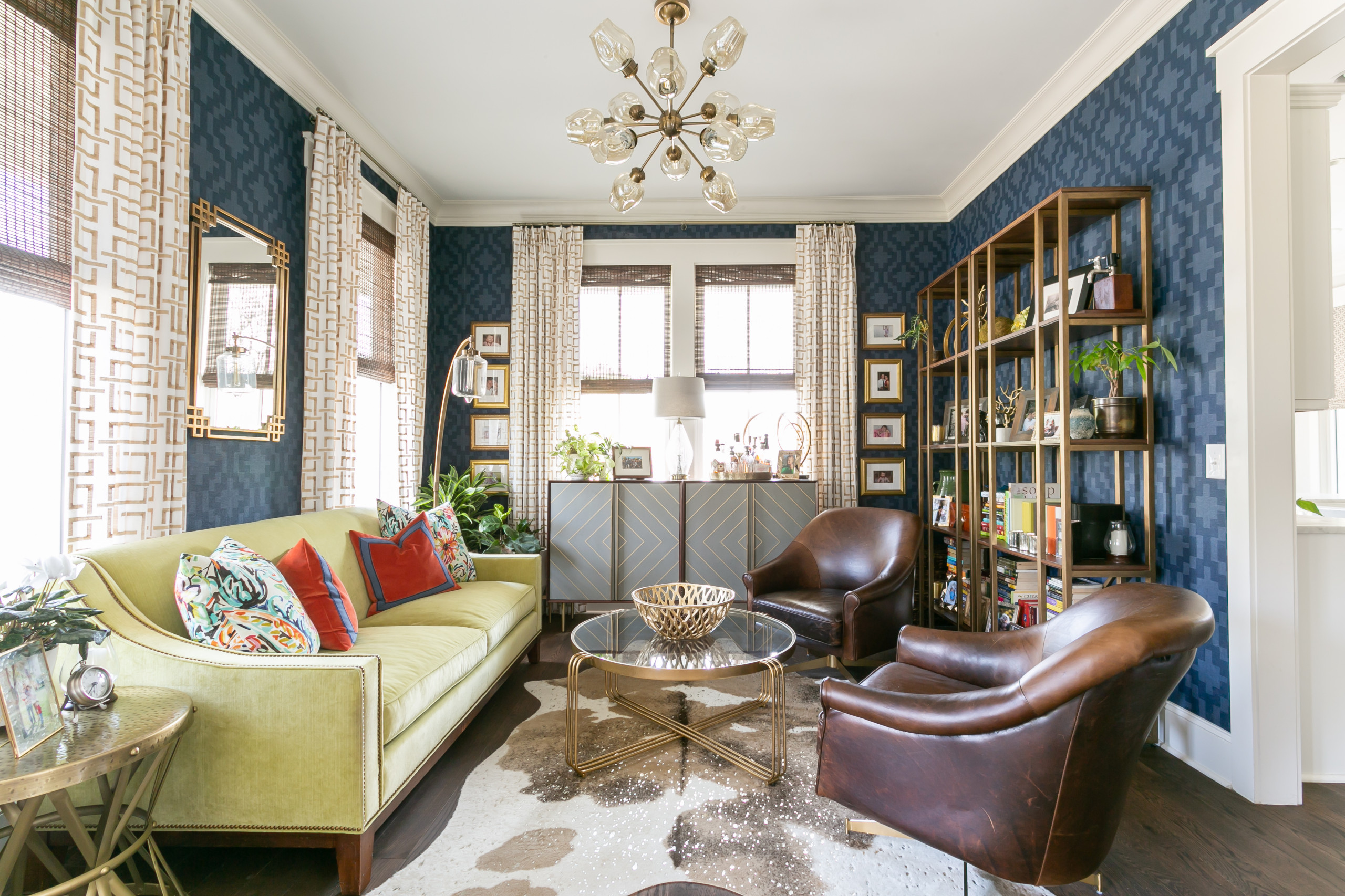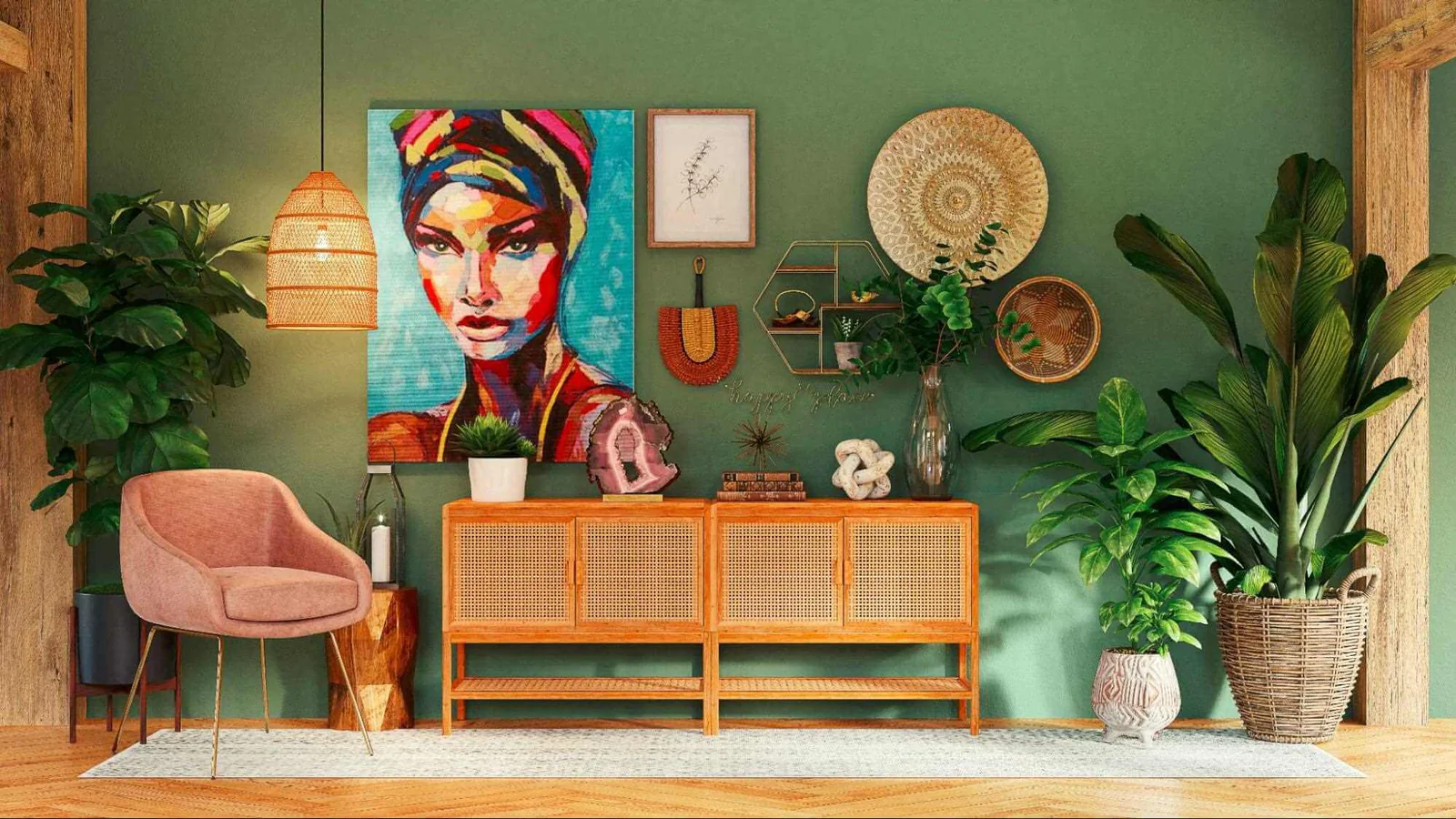When it comes to home decor, mixing and matching patterns is an exciting way to add personality, depth, and visual interest to a room. However, doing so without overwhelming the space can be tricky. Too many patterns can make a room feel chaotic or disjointed, but when done correctly, it can create a harmonious, stylish, and inviting environment. Below are some tips on how to mix and match patterns in your home decor without going overboard.
1. Start with a Neutral Base
The key to successfully mixing patterns is to start with a neutral base. Neutral colors like white, beige, gray, or soft pastels allow you to add different patterns without competing for attention. For instance, a neutral sofa in a solid color, or a neutral wall color, sets the foundation for layering patterns on top. By choosing a calming, neutral backdrop, you give yourself the freedom to experiment with bolder patterns while maintaining balance.
2. Use a Common Color Palette
One of the easiest ways to mix patterns is by using a common color palette. Stick to one or two primary colors and repeat them in various patterns. For example, if you choose blue and white as your color scheme, you can use blue-and-white stripes on a rug, a blue floral print on pillows, and a white geometric design on a throw blanket. This color consistency will tie the patterns together and prevent them from clashing.
3. Mix Different Types of Patterns
Not all patterns are created equal, and combining different types is an effective way to create contrast while maintaining harmony. You can combine florals, stripes, checks, and geometrics, but the key is to vary the scale and orientation of the patterns.
- Large vs. Small Patterns: If you’re using a bold, large pattern like a big floral print, balance it out with smaller, subtler patterns such as polka dots or thin stripes. This keeps the space from feeling too heavy or overwhelming.
- Vertical vs. Horizontal Patterns: Mixing vertical and horizontal patterns can add visual interest while maintaining balance. For example, a vertical striped curtain works well with a horizontal checkered throw blanket.
- Contrasting Patterns: Combining contrasting patterns, like florals and geometrics, can work wonders as long as they share a consistent color scheme. This contrast adds dimension to the space and prevents the room from feeling flat.
4. Limit the Number of Patterns
When mixing patterns, less is often more. It’s easy to get carried away and add too many different prints, but too much pattern can make a space feel overcrowded. A good rule of thumb is to limit the number of patterns to three or four in a room. These patterns can vary in scale, but they should all complement each other and fit within the established color scheme.
Start by using one statement pattern, such as a bold floral, and then add in a secondary pattern with a smaller scale or more subdued design, such as stripes or polka dots. If you’re working with textiles, such as throw pillows, rugs, or curtains, use these pieces to layer your patterns and experiment with different combinations.
5. Use Texture to Balance Patterns
Incorporating different textures can also help break up the visual intensity of patterns. Adding textured fabrics like velvet, linen, or wool helps to soften the contrast between patterns. For example, a velvet cushion with a subtle texture will work beautifully with a patterned throw or rug, creating a sense of depth and richness without overwhelming the room.
6. Introduce Pattern in Accessories
If you’re hesitant about going all-in on patterned furniture, start with accessories. Pillows, throws, rugs, and art pieces are all easy ways to introduce patterns into your space. These items can be swapped out as trends change, giving you the flexibility to experiment with patterns without committing to large pieces of furniture.
Start with patterned throw pillows on a neutral couch or an area rug with a bold design. Once you’re comfortable with these smaller-scale patterns, you can add more, such as patterned curtains or upholstered furniture.
7. Create a Focal Point
In any room, it’s important to have a focal point. This could be a patterned rug, an accent wall with wallpaper, or a large piece of furniture with a striking print. By establishing a central point of focus, you give the eye somewhere to rest while allowing the rest of the room to support the overall theme without overwhelming it.
Final Thoughts
Mixing and matching patterns in home decor can be fun and rewarding when done thoughtfully. By starting with a neutral base, using a consistent color palette, balancing pattern sizes, limiting the number of patterns, and adding texture, you can achieve a balanced, visually pleasing space. Remember that the goal is to create harmony in the room, allowing the patterns to enhance, rather than compete with, one another. With these tips in mind, you can confidently mix patterns to bring character and style to your home.


